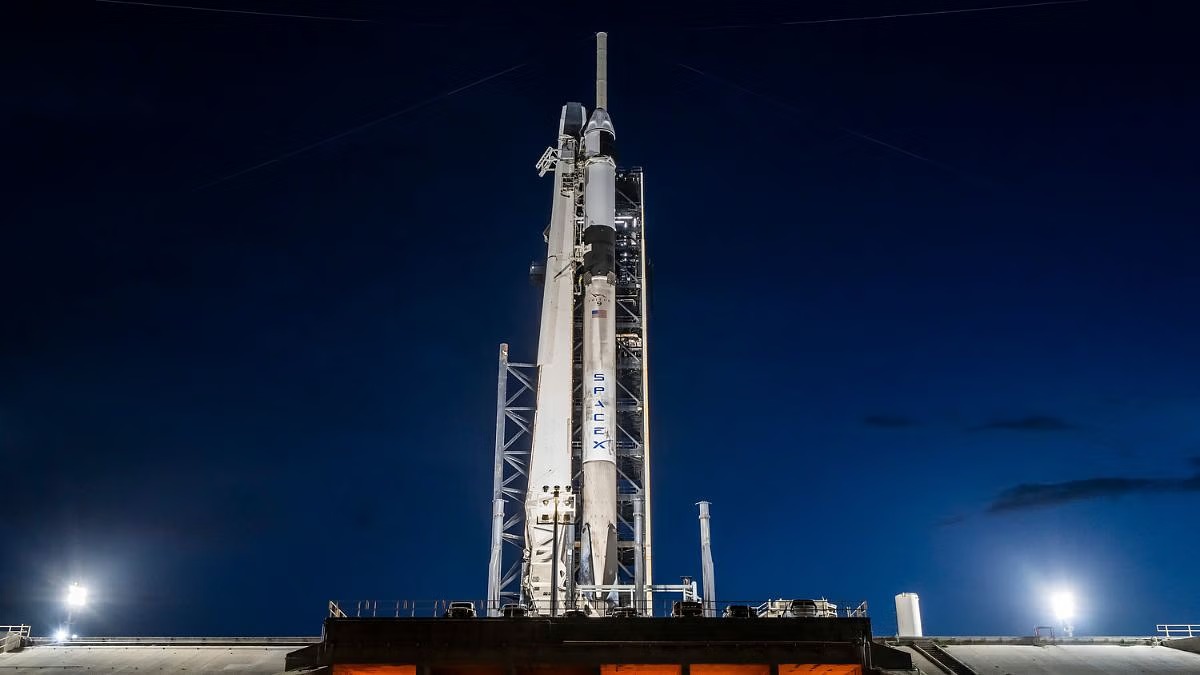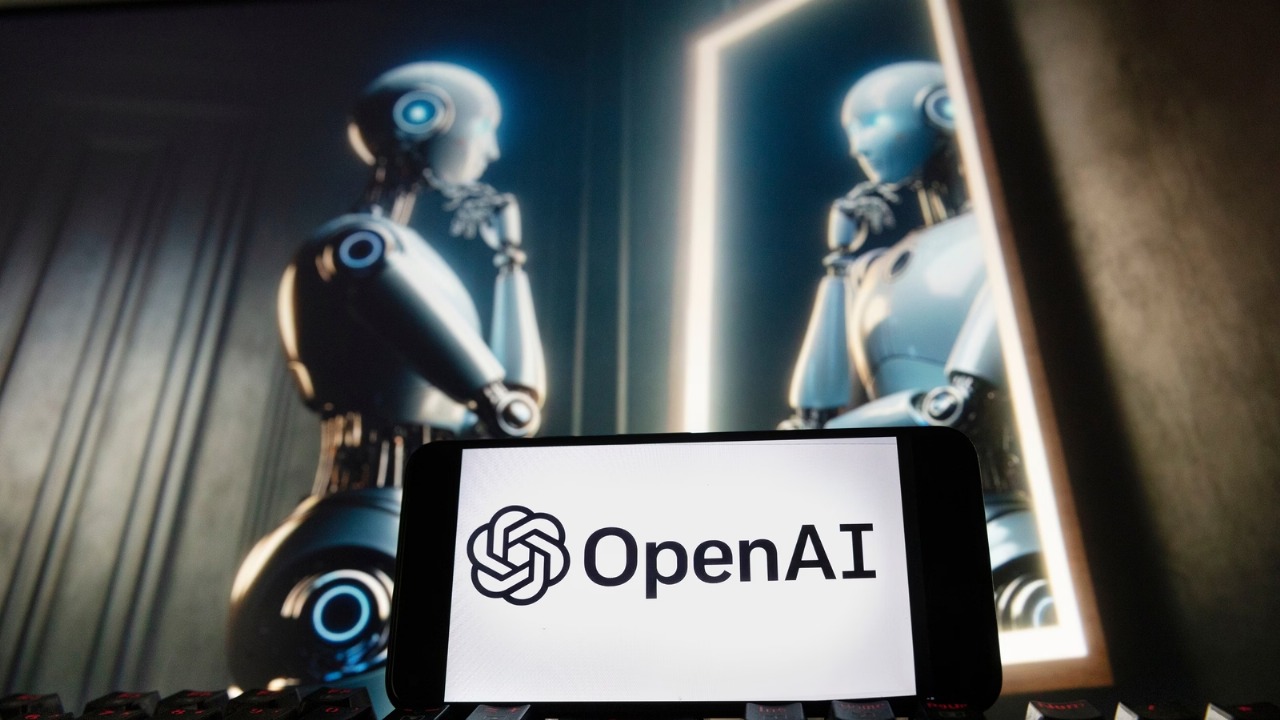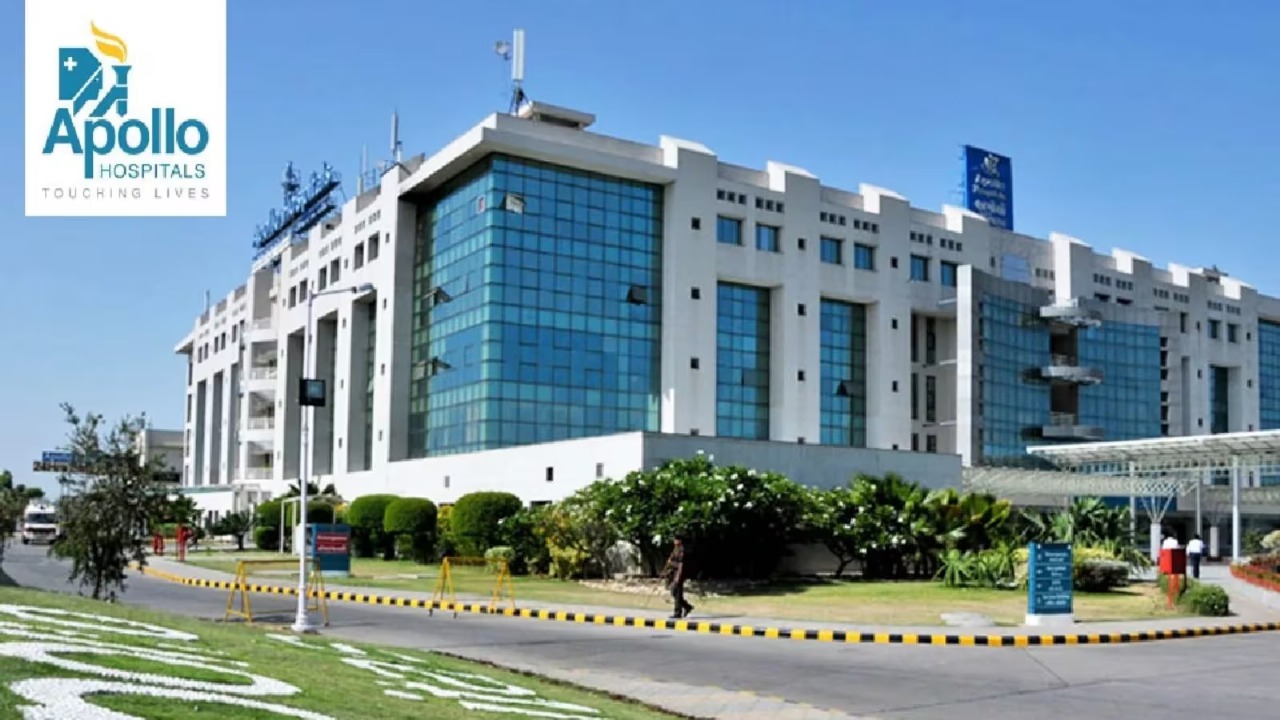
Follow WOWNEWS 24x7 on:

In a startling revelation that underscores the critical importance of pre-launch scrutiny, ISRO Chairman V Narayanan disclosed that SpaceX engineers had initially underestimated a liquid oxygen leak in the Falcon 9 rocket used for the Axiom-4 mission. The mission, which successfully carried four astronauts—including India’s Group Captain Shubhanshu Shukla—to the International Space Station, was nearly derailed by what ISRO has now confirmed was a crack in the oxidiser line. Narayanan’s comments, made during a press conference in New Delhi on August 21, have sparked renewed debate about safety protocols in commercial spaceflight.
Here’s a detailed breakdown of the incident and its implications:
1. The Leak That Almost Went Unchecked
- The Axiom-4 mission was originally scheduled for launch on June 11, 2025, but was postponed after an oxygen sensor flagged an anomaly during an engine test
- SpaceX engineers reportedly dismissed the alert, believing it was a minor issue not detected by their primary leak sensors
- ISRO, unconvinced by the limited data shared, demanded a full investigation and posed 14 technical questions—only two of which were answered
2. ISRO’s Intervention and Discovery
- ISRO insisted on a complete correction and refused to clear the launch without identifying the leak’s source
- SpaceX was forced to scrub the launch just hours before liftoff and conduct deeper diagnostics
- The investigation revealed a widening crack in the oxidiser line, which, if left unaddressed, could have led to catastrophic engine failure during ascent
3. Safety vs Speed: A Clash of Cultures
- Narayanan noted that SpaceX’s initial reluctance to share data and their assumption that the leak was minor raised serious concerns
- The ISRO team, with over 40 years of experience in liquid propulsion systems, recognized the potential danger and pushed for transparency
- The incident highlights differing approaches to risk management between commercial operators and national space agencies
4. Mission Outcome and Astronaut Response
- The leak was repaired on June 12, and after further delays due to unrelated issues in the Russian service module of the ISS, the mission launched successfully on June 25
- Group Captain Shubhanshu Shukla, now the first Indian to visit the ISS, acknowledged ISRO’s role in ensuring crew safety, stating that Narayanan’s insistence may have saved lives
- The mission returned safely on July 15, splashing down off the California coast
5. Lessons for India’s Gaganyaan Program
- The Axiom-4 mission, which cost India approximately Rs 548 crore, is expected to provide valuable insights for ISRO’s upcoming Gaganyaan human spaceflight program
- Narayanan emphasized that the experience reinforced the need for rigorous testing and inter-agency accountability in crewed missions
- ISRO is now preparing for its first uncrewed Gaganyaan launch in December 2025, with heightened focus on fault detection and system integrity
6. Broader Implications for Global Space Safety
- The episode has sparked conversations about the role of international partners in ensuring safety standards in joint missions
- India’s assertiveness in this case positions ISRO not just as a participant but as a watchdog in global space operations
- With over 300 private space startups now active in India, the incident serves as a cautionary tale about balancing innovation with safety
7. What Comes Next
- ISRO will continue to collaborate with NASA and SpaceX but is expected to push for more transparent data-sharing protocols
- The agency is also expanding its internal review mechanisms and training programs for astronauts and engineers
- Narayanan’s leadership has been widely praised for prioritizing crew safety over launch schedules, reinforcing India’s credibility in human spaceflight
Sources: The Hindu, Firstpost, Moneycontrol, Business Standard, Economic Times




